Gallery: From Atlas V To Vulcan Centaur
Sponsored By L3Harris April 08, 2022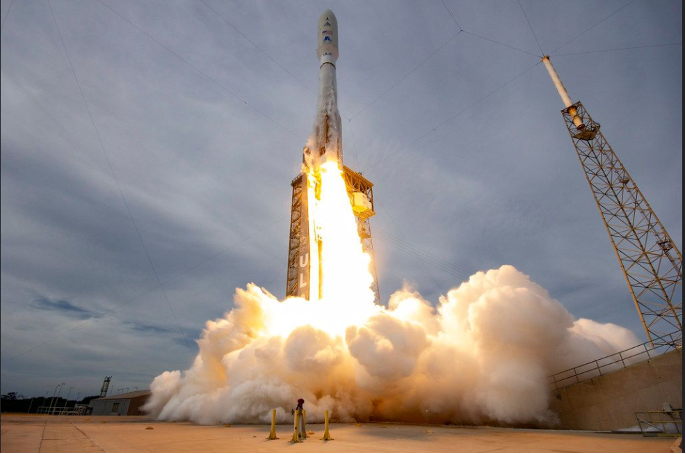
Credit: United Launch Alliance
A United Launch Alliance (ULA) Atlas V rocket carrying the USSF-8 mission for U.S. Space Force lifts off from Space Launch Complex-41 at 2:00 p.m. EST on Jan. 21, 2022.
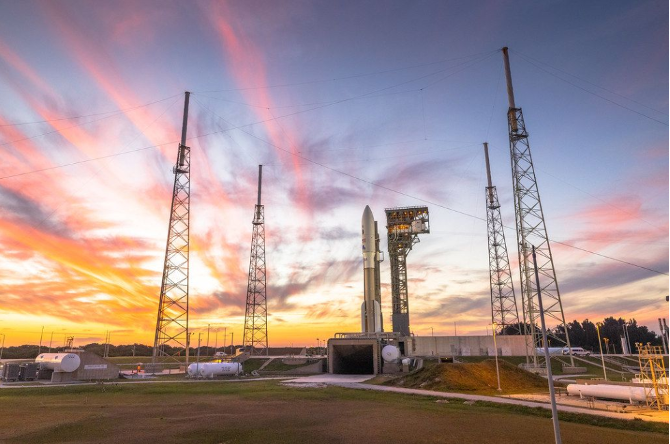
Credit: United Launch Alliance
The United Launch Alliance (ULA) Atlas V rocket and the United States Space Force’s STP-3 mission sit on Space Launch Complex 41 (SLC-41) at Cape Canaveral at sunset.
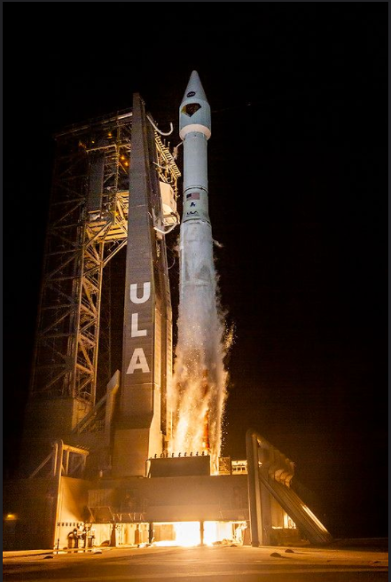
Credit: United Launch Alliance
ULA United Launch Alliance (ULA) Atlas V rocket carrying the Lucy mission for NASA lifts off from Space Launch Complex-41 at 5:34 a.m. EDT on Oct. 16, 2021.
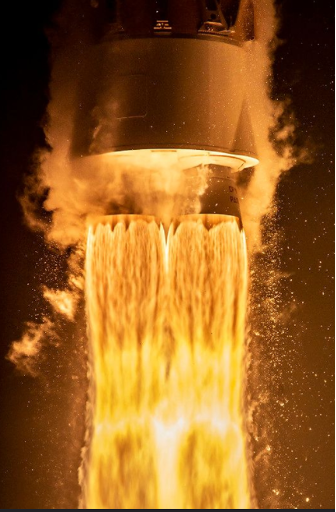
Credit: United Launch Alliance
A United Launch Alliance (ULA) Atlas V rocket carrying the Lucy mission for NASA lifts off from Space Launch Complex-41 at 5:34 a.m. EDT on Oct. 16, 2021.
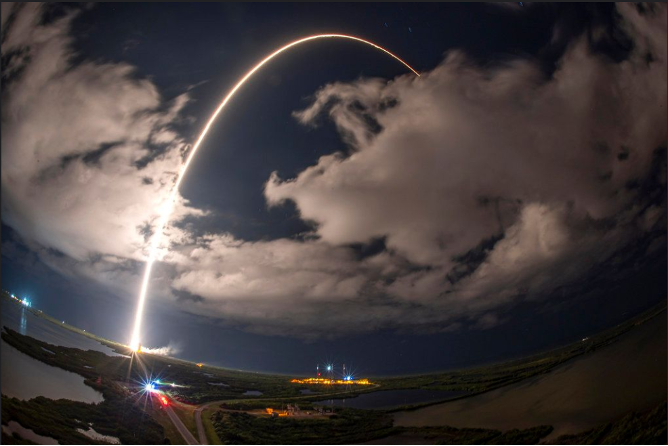
Credit: United Launch Alliance
A United Launch Alliance (ULA) Atlas V rocket carrying the Lucy mission for NASA lifts off from Space Launch Complex-41 at 5:34 a.m. EDT on Oct. 16, 2021.
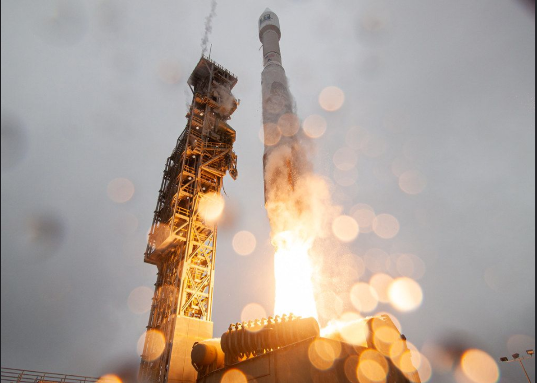
Credit: United Launch Alliance
A United Launch Alliance (ULA) Atlas V rocket carrying the Landsat 9 mission for NASA lifts off from Space Launch Complex-3 on Sept. 27 at 11:12 a.m. PDT.
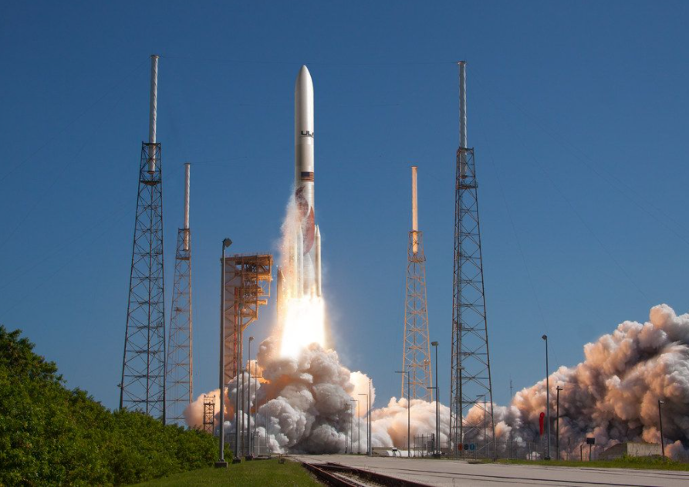
Credit: United Launch Alliance
Vulcan Centaur, United Launch Alliance’s next-generation American rocket, lifts off in this artist’s rendering. The rocket design leverages the proven success of the Delta IV and Atlas V launch vehicles while introducing advanced technologies and innovative features. Vulcan Centaur will have a maximum liftoff thrust of 3.8 million pounds and carry 56,000 pounds to low Earth orbit, 33,000 pounds to a geo-transfer orbit and 16,000 pounds to geostationary orbit with greater capability than any currently available single-core launch vehicle.